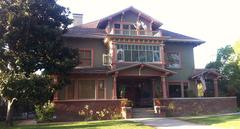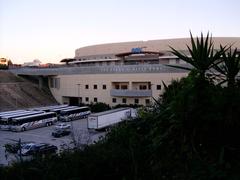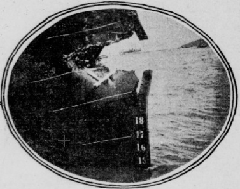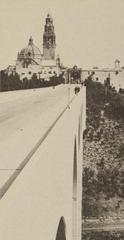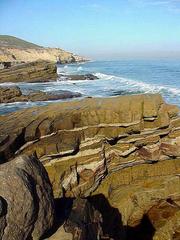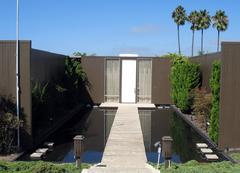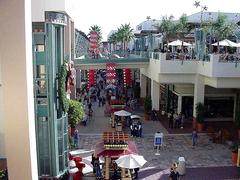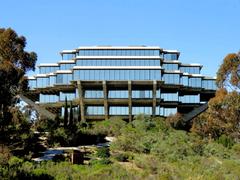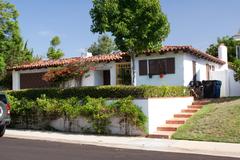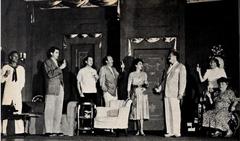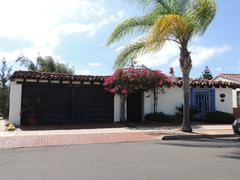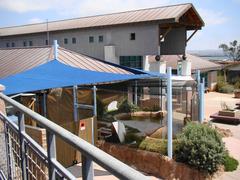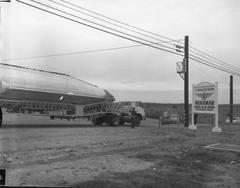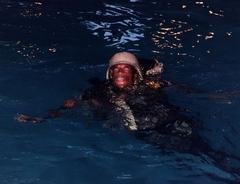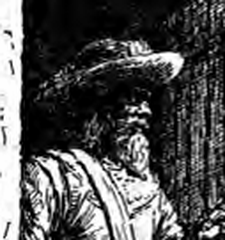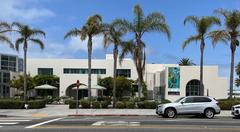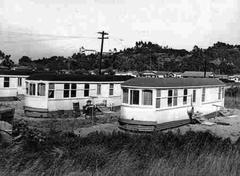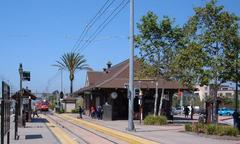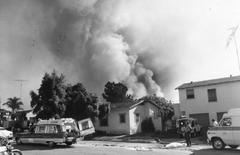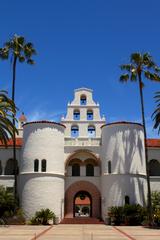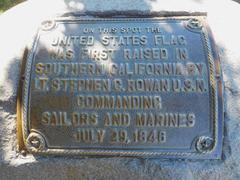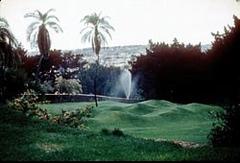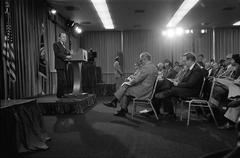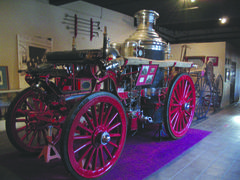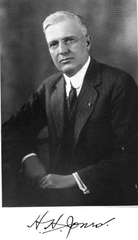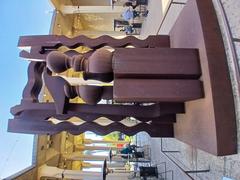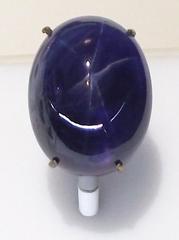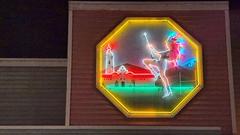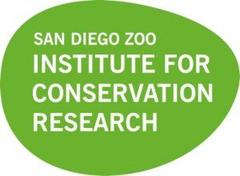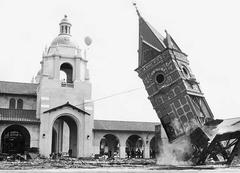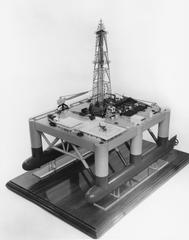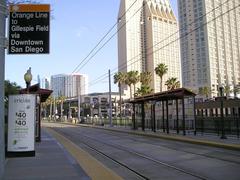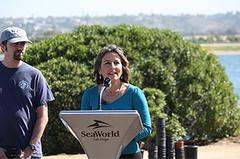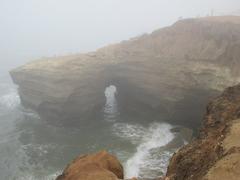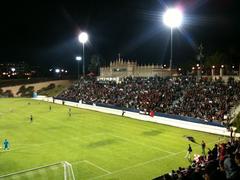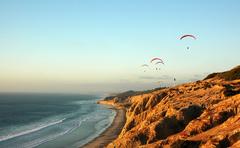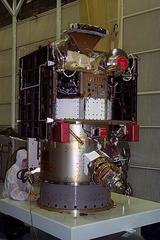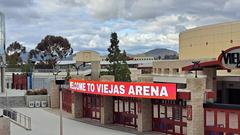Mohnike Adobe Visiting Hours, Tickets, and San Diego Historical Sites Guide
Date: 03/07/2025
Introduction
Nestled within the scenic Los Peñasquitos Canyon Preserve, the Mohnike Adobe is a remarkable landmark that encapsulates the diverse and layered history of San Diego, California. Built circa 1910 by German immigrant Charles F. Mohnike, this adobe ranch house stands as a tangible link to the region’s indigenous Kumeyaay settlements, Mexican land grant era, and early 20th-century American ranching culture. Visitors to the Mohnike Adobe can experience firsthand the evolution of Southern California’s architecture, learn about the area’s social and economic transformations, and explore a cultural landscape shaped over thousands of years (National Park Service PDF; San Diego Historical Resources Board Minutes, 2010; City of San Diego Parks and Recreation).
This guide details the Mohnike Adobe’s historical significance, unique architectural features, preservation efforts, and practical visitor information including hours, tours, accessibility, and travel tips. Whether you are a history enthusiast, architecture lover, or nature seeker, the Mohnike Adobe offers a distinctive window into San Diego’s rich past.
Table of Contents
- Historical Background
- Architectural Features
- Visiting the Mohnike Adobe
- Frequently Asked Questions (FAQ)
- Summary and Recommendations
- References and Useful Links
Historical Background
Indigenous and Mexican Land Grant History
The area now known as Los Peñasquitos Canyon Preserve has been inhabited for over 6,000 years, with the Kumeyaay people establishing settlements like the nearby village of Awil Nyawa. The canyon’s natural springs and fertile lands supported the Kumeyaay and later attracted Spanish and Mexican settlers (Wikipedia: Rancho Santa Maria de Los Peñasquitos).
In 1823, the Mexican government granted Rancho Santa Maria de Los Peñasquitos—over 8,400 acres—to Captain Francisco María Ruiz. Ruiz constructed the first adobe ranch house in 1824, establishing a foundation for subsequent development. After his death, the property passed to Francisco María Alvarado, who expanded ranch operations and adobe structures, reflecting early Californian building traditions.
American Transition and Ranching Era
Following the Mexican-American War and the 1848 Treaty of Guadalupe Hidalgo, California became part of the United States, but the rancho system continued. From 1857 to 1860, the rancho served as a key way station for the San Antonio–San Diego Mail Line, offering travelers respite on their journey (Wikipedia: Rancho Santa Maria de Los Peñasquitos).
Mohnike Family Legacy
In 1910, Charles F. Mohnike purchased the property, marking the adobe’s association with his family (San Diego Historical Resources Board Minutes, 2010). Mohnike, a German immigrant, contributed to the region’s agricultural and ranching development. The adobe and its outbuildings were adapted for ranching and farming, illustrating evolving economic and architectural practices of early 20th-century San Diego.
Architectural Features
Transitional Adobe Construction
The Mohnike Adobe is a rare example of transitional adobe architecture, bridging Victorian-era systems and the 20th-century Adobe Revival. Its unique foundation combines non-mortared fieldstone with unreinforced concrete, a significant adaptation for stability and moisture resistance (National Park Service PDF, p. 11–12).
- Foundation Evolution:
- Spanish/Mexican Period: Loose cobbles
- Early Anglo Period (1848–1880): Adobe brick
- Post-1880: Stone masonry
- Early 20th Century: Reinforced concrete block/concrete slab
The Mohnike Adobe’s hybrid foundation marks an important transition in regional building practice.
Layout and Ancillary Structures
This single-story, 2,512-square-foot residence features a wraparound porch, thick plastered adobe walls (18–24 inches), and redwood beams. Erosion on the east elevation reveals original adobe brickwork. Outbuildings—including sheds, a barn, and a cistern—illustrate the operational character of the historic ranch (National Park Service PDF, p. 8).
The adobe sits within a 16-acre equestrian center, part of the original Rancho Santa Maria de Los Peñasquitos, and is one of only three adobes surviving in the preserve (National Park Service PDF, p. 7).
Preservation and Restoration Efforts
Recognized for its historical and architectural significance, the Mohnike Adobe was designated as HRB Site #419 and listed on the National Register of Historic Places (NRIS #02000779) for its distinctive architecture and contribution to regional history (San Diego Historical Resources Board Minutes, 2010; National Park Service PDF, p. 12).
Restoration efforts by the City of San Diego have included emergency shoring, exterior and interior repairs, and the development of a long-term conservation plan. Nearly $1 million has been invested in stabilizing and restoring the adobe and its barn, ensuring its continued availability as a public resource (San Diego Parks & Recreation).
Visiting the Mohnike Adobe
Hours, Tickets, and Tours
-
Visiting Hours:
Thursday–Sunday, 10:00 AM–4:00 PM (guided tours on weekends and by appointment).
The preserve itself is open daily from sunrise to sunset. -
Admission:
Entry is free; donations are encouraged to support ongoing preservation. -
Tours:
Docent-led tours provide in-depth interpretation of the adobe’s history, architecture, and ranching heritage. Special events, such as historical reenactments and educational workshops, are offered throughout the year (City of San Diego Parks and Recreation).
Getting There and Accessibility
-
Location:
11234 Black Mountain Road, San Diego, CA 92129, within Los Peñasquitos Canyon Preserve (San Diego Parks & Recreation). -
Parking:
Free parking is available at the preserve entrances. -
Public Transit:
Bus routes serve nearby areas; check schedules in advance. -
Trail Access:
The adobe is accessible by well-maintained hiking and biking trails. Some trails have unpaved or uneven sections; visitors with mobility concerns should contact the preserve for current conditions. -
Accessibility:
Paved paths lead to the main adobe; some historic interiors may have limited access. Restrooms, picnic tables, and drinking water stations are available nearby.
On-site Amenities and Events
-
Educational Features:
Interpretive signage and exhibits explain adobe construction, ranching life, and local history. School and community groups often include the adobe in educational programming. -
Family Activities:
Children can observe ranch animals and enjoy interactive exhibits. -
Events:
The preserve hosts annual events such as Los Peñasquitos Canyon Preserve Day, featuring open houses, live demonstrations, and historical presentations (Cool San Diego Sights; Old Town San Diego Events). -
Photography:
The site is popular with photographers and artists for its rustic architecture and scenic setting.
Frequently Asked Questions (FAQ)
Q: What are the Mohnike Adobe visiting hours?
A: Thursday–Sunday, 10:00 AM–4:00 PM (guided tours on weekends). The surrounding preserve is open daily from sunrise to sunset.
Q: Do I need tickets or pay admission?
A: No, admission is free; donations are welcome.
Q: Are guided tours available?
A: Yes, on weekends and by appointment for groups.
Q: Is the site wheelchair accessible?
A: Paved paths lead to the main building; some historic interiors have limited access. Trails may be uneven—contact the preserve for details.
Q: Can I take photos?
A: Yes, photography is allowed for personal use.
Q: Are there restrooms and picnic areas?
A: Yes, amenities are available near the adobe.
Q: Where can I find more information?
A: Visit the City of San Diego Parks and Recreation - Mohnike Adobe page.
Summary and Visitor Recommendations
The Mohnike Adobe is a vital piece of San Diego’s historical landscape, offering rare insights into the region’s indigenous, Mexican, and American ranching heritage. Its transitional adobe construction exemplifies the adaptation of traditional building methods to new materials and technologies, while preservation efforts ensure its continued accessibility and educational value (National Register of Historic Places nomination form; San Diego Parks & Recreation).
Visitors are encouraged to explore the adobe alongside the preserve’s trails and nearby historical sites such as Old Town San Diego State Historic Park and Rancho Peñasquitos Historic Preserve. For the latest updates on hours, tours, and special events, consult official sources and consider downloading the Audiala app for curated travel guides and notifications.
Interactive map of Mohnike Adobe and nearby attractions
References and Useful Links
- Wikipedia: Rancho Santa Maria de Los Peñasquitos
- San Diego Historical Resources Board Minutes, 2010
- National Register of Historic Places nomination form
- City of San Diego Parks and Recreation - Mohnike Adobe page
- San Diego Parks & Recreation
- Cool San Diego Sights
- Old Town San Diego State Historic Park
- Old Town San Diego Events
- Old Town San Diego Chamber of Commerce & Visitor Center
- The Broke Backpacker

